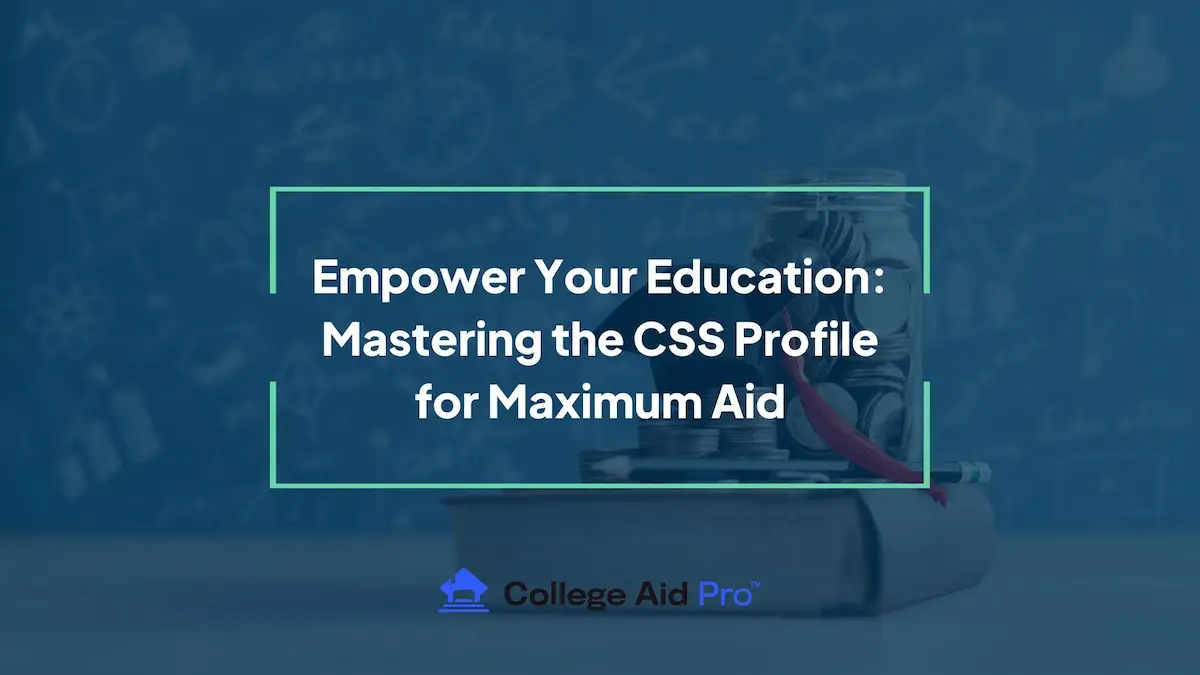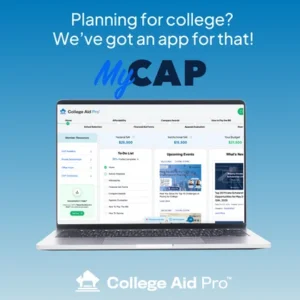
When it comes to financing your education, there’s more to consider than just tuition fees. Many colleges and universities in the United States require prospective students to submit financial aid applications to determine eligibility for various forms of financial assistance. One of the most widely used tools for this purpose is the CSS Profile, short for the College Scholarship Service Profile. In this comprehensive guide, we’ll delve into what the CSS Profile is, how it works, and why it’s essential for students seeking financial aid for higher education.
What is the CSS Profile?
The CSS Profile is an online application developed and administered by the College Board, the same organization responsible for standardized tests like the SAT. Unlike the Free Application for Federal Student Aid (FAFSA), which is used to apply for federal financial aid programs, the CSS Profile is used primarily by private colleges and universities to assess a student’s eligibility for non-federal financial aid, such as institutional grants, scholarships, and need-based aid.
The CSS Profile takes into account a broader range of financial information than the FAFSA, which means it provides a more comprehensive view of a student’s financial circumstances. This allows institutions to allocate their own financial aid resources based on individual needs, rather than relying solely on federal guidelines.
Who Requires the CSS Profile?
Not all colleges and universities require the CSS Profile. It is typically used by private institutions, although some public and out-of-state schools may also use it. Generally, highly selective colleges and universities with substantial endowments are more likely to require the CSS Profile as part of their financial aid application process.
To determine whether the CSS Profile is required by a specific institution, students should check the financial aid application requirements of each school to which they plan to apply. These requirements are usually listed on the school’s financial aid website. College Board also has a great page that lists all the schools that require the CSS Profile here.

Key Differences Between the CSS Profile and FAFSA
While both the CSS Profile and the FAFSA aim to assess a student’s financial need, they have significant differences:
1. Financial Information:
- CSS Profile: Requires more detailed financial information, including not only income but also assets, home equity, and non-custodial parent information (for some students). It may also consider other factors like medical expenses and retirement savings.
- FAFSA: Focuses mainly on income and household size. It does not ask for information about non-custodial parents.
2. Eligibility for Federal Aid:
- CSS Profile: Is used primarily for institutional aid. It does not determine eligibility for federal grants like the Pell Grant or federal student loans.
- FAFSA: Determines eligibility for federal financial aid programs, including grants, subsidized and unsubsidized loans, and work-study programs.
3. Application Fee:
- CSS Profile: Requires a fee for each school to which it is sent. However, fee waivers are available for eligible students.
- FAFSA: Is free to submit.
Completing the CSS Profile
Completing the CSS Profile can be a detailed and time-consuming process, but it’s crucial for students seeking financial aid from institutions that require it. Here’s a step-by-step overview of the process:
1. Create an Account:
To get started, visit the College Board’s CSS Profile website and create a student account. You’ll need a unique email address, so use one you check regularly.
2. Gather Required Documents:
Before you begin the application, gather all necessary financial documents, including tax returns, W-2 forms, bank statements, and any other relevant financial records. Having this information readily available will streamline the application process.
3. Add Schools:
After creating your account, you can add the colleges and universities to which you plan to apply. Be sure to check each school’s CSS Profile requirements and deadlines, as they may vary.
4. Complete the Application:
The CSS Profile is a dynamic application that adapts to your specific circumstances. You’ll be asked a series of questions based on your answers, so it’s essential to provide accurate information. Be thorough and transparent about your financial situation.
5. Pay the Fee (If Applicable):
As mentioned earlier, there is a fee associated with submitting the CSS Profile to each school.
Mastering the CSS Profile can be a pivotal step in securing financial aid for your kid’s education. Completing this application could unlock access to a wide range of funding options from the schools that use this form. While it may involve a bit more time and effort, potential payoffs could make it worth the extra work. Make sure you fill it out carefully, stick to the deadlines, and explore fee waivers if you are eligible. Your investment in this process can pave the way for your child’s academic future where money worries aren’t holding them back.
Prepare Your FAFSA & CSS Profile with Confidence — Get Expert Help Inside MyCAP Premium
Make filing season simple. MyCAP Premium Members receive clear, step-by-step, line-by-line FAFSA and CSS Profile tutorials plus live expert support in bi-weekly office hours. Run your Student Aid Index (SAI) in MyCAP before you file to preview outcomes and find ways to improve them. “Test-drive” your FAFSA inside MyCAP, catch mistakes, and submit with confidence. All for $4.99/month—cancel anytime.




